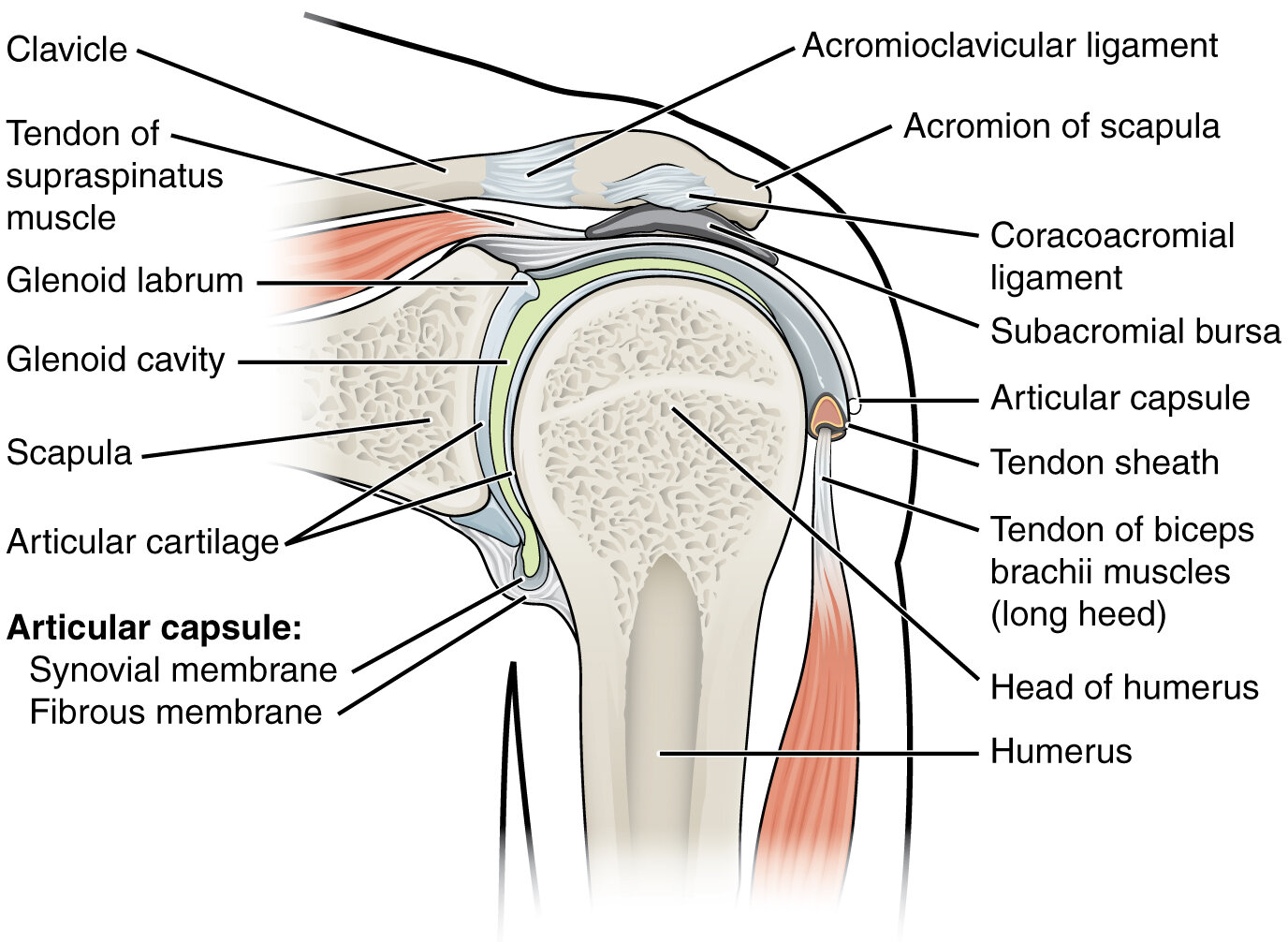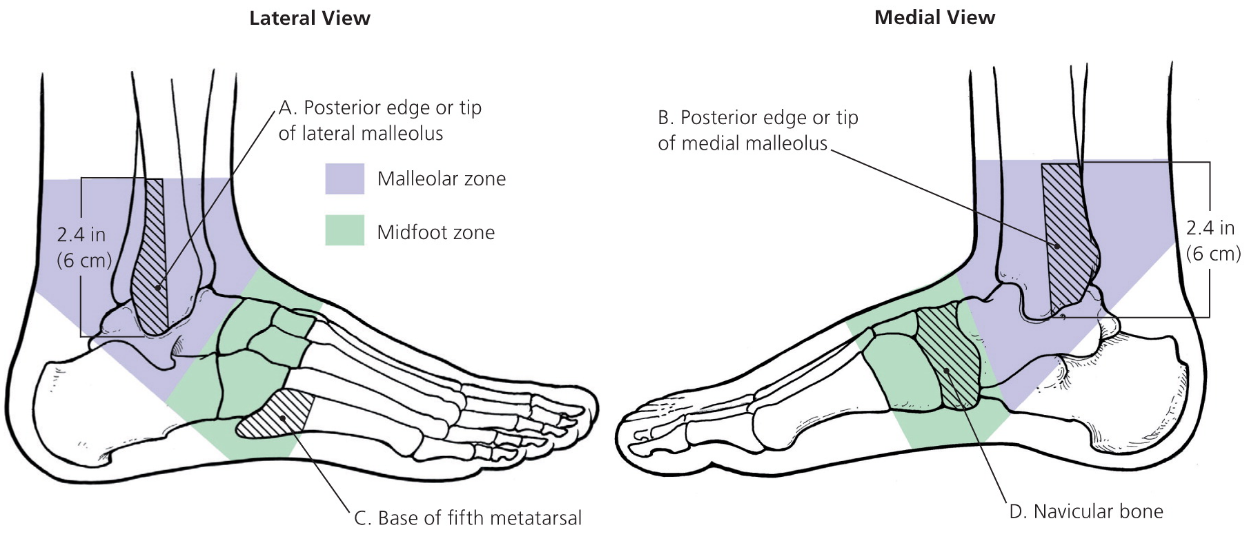Altered Mental Status
Source: Olsen, Alexander. (2014). Cognitive Control Function and Moderate-to-Severe Traumatic Brain Injury: Functional and Structural Brain Correlates.
Trauma
Concussion: If no loss of consciousness, decreased responsiveness, repetitive vomiting, seizure, and/or focal neurologic deficits →
Do not obtain MRI
Initiate 6-day graded return to play: Regular activities (school) → light aerobic activity → moderate activity → heavy, non-contact → practice with full contact → competition
Epidural hematoma
Adolescent s/p head trauma and a lucid interval presenting with acute onset altered consciousness, headache, vomiting, aphasia, seizures, unilateral weakness
Head CT shows lens-shaped collection of epidural blood
Consult surgery and do not administer glucocorticoids
Mortality 5 to 10 percent
Glasgow Coma Scale < 8: Intubate
Focal Neurologic Deficit and/or Convulsions
Psychogenic non-epileptic seizure
Febrile seizure
Focal onset seizure
Generalized onset seizure
Status epilepticus
Stroke
Hemorrhagic stroke
Syncope (Transient Cerebral Hypoperfusion)
Differential Diagnosis
Neurally mediated (45%): Increased parasympathetic/vagal tone → bradycardia and hypotension
Vasovagal: Warm/crowded space, prolonged standing, emotion/fear/pain, nausea, transient diaphoresis
Situational: S/p coughing, voiding after a meal
Consider seizure (eyes open) and psychogenic syncope (eyes closed)
Cardiac (20%)
Arrhythmia (most common): Elderly patient with h/o atrial fibrillation/flutter and family h/o sudden/unexplained death presents with palpitations, abnormal EKG. Treatment per arrhythmia identified.
Structural cardiac abnormality/cardiomyopathy: Elderly, h/o valvular or infiltrative (sarcoidosis, hemochromatosis, amyloidosis) heart disease presents with chest pain at rest, syncope during exercise. Evidence of heart failure on physical exam and PR interval > 200 ms (heart block) on EKG.
Hypertrophic cardiomyopathy: Pediatric patient with family h/o sudden cardiac death presents with new onset syncope while exercising in hot weather. Start nadolol and transition to verapamil if initial treatment is ineffective.
Orthostatic hypotension (10%): Decrease of ≥ 20 mmHg systolic or ≥ 10 mmHg diastolic within 3 minutes of moving from supine to upright position
Patient with h/o autonomic dysfunction due to alcoholism, DM, Parkinson disease, multiple sclerosis presents with syncope during postural change. Recent, acute volume loss due to dehydration, hemorrhage. Consumes low-salt diet.
Recent changes in medications: Alpha blockers (tamsulosin), beta-blockers (metoprolol), calcium channel blockers (amlodipine), diuretics (furosemide), phosphodiesterase inhibitors (e.g. sildenafil), SSRIs
Tachycardia and positive orthostatic vital signs on exam
Evaluation
Obtain history with focus on precipitating events, h/o cardiac disease, and clinical features (italicized) above
See section on syncope
Delirium, Encephalopathy, Confusion
Delirium: Confusion Assessment Method (CAM)
Meningitis/Encephalitis
Viral encephalitis
Non-arthropod encephalitis
Arthropod-borne encephalitis
Metabolic derangement
Temperature
Hyperthermia
Ventilation: Hypoxia/hypercarbia
Metabolic acidosis (low bicarbonate)
Hyperglycemia (see above)
Lactic acidosis
Glucose
Hypoglycemia
Hyperglycemia: DKA vs. HHS
Hyperammonemia including hepatic encephalopathy
Toxicity and Withdrawal
Iatrogenic
Sedation: Consider obtaining antiepileptic, antipsychotic (e.g. lithium) levels
Recreational
Alcohol use disorder, alcohol toxicity, and alcohol withdrawal
Opioid toxicity and withdrawal
Dementia
Alzheimer's disease (review medications, behavioral intervention, aripiprazole)
Lewy body dementia
Vascular dementia
Frontotemporal dementia





















![Source: CNX OpenStax [CC BY 4.0 (https://creativecommons.org/licenses/by/4.0)]](https://images.squarespace-cdn.com/content/v1/5acb26595ffd203815e5314f/1566138204101-VZRO6T5GIA49EIKLQGS1/Skin+Lesion+Guide.jpg)



![Granuloma annulare. By Robert Paprstein [Copyrighted free use].](https://images.squarespace-cdn.com/content/v1/5acb26595ffd203815e5314f/1569776778411-93QVI7DGIGSARIA6EYMB/Granuloma+Anulare.jpg)




